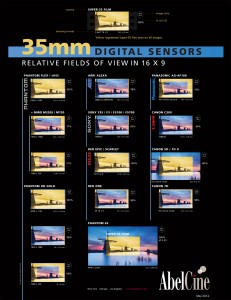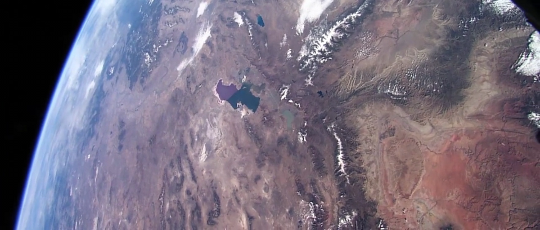Digital Film – Broadcast Defined
What, exactly, does “broadcast quality” mean?
The answer varies, depending upon the nation in which you are applying your digital film, the broadcaster, and the medium by which it will be delivered to the indented audience. A few standards are presented here.
We’ll start with the traditional television platforms:
In the United States, the ATSC (US) A/53 standard uses MPEG-2 video at the Main Profile at High Level (MP@HL), with additional restrictions such as the maximum bitrate of 19.4 Mbit/s for broadcast television and 38.8 Mbit/s for cable television, 4:2:0 chroma sub-sampling format, and mandatory colorimetry information.
In Great Britain, the BBC Broadcast Standards are (at the time of this writing) at a higher bit rate and chroma sub-sampling format level.

